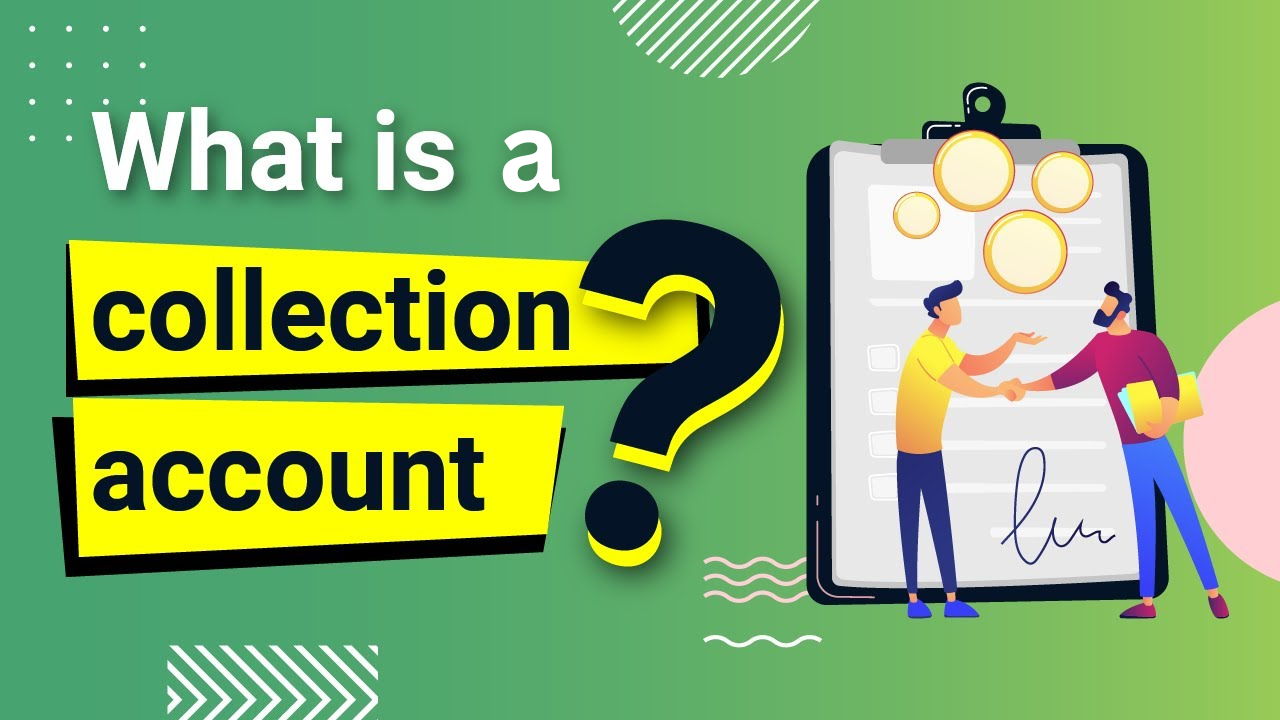
When it comes to credit scores, few things are as detrimental as a collection account. Having a debt sent to collections can significantly damage your score, but understanding how it impacts you and taking strategic steps to resolve it can help you minimize the negative effects and regain control of your financial health. This guide will cover what collections are, how they impact your credit score, and practical ways to resolve them.
Understanding What Collections Are
A collection account appears on your credit report when a debt remains unpaid for an extended period, typically 90 to 180 days. When creditors determine that the debt is unlikely to be paid, they may sell it to a collection agency. The agency then pursues repayment, and the account is reported to the credit bureaus, resulting in a collection entry on your credit report. Collections can arise from various sources, including credit cards, medical bills, and utility payments.
How Collections Impact Your Credit Score
- Significant Score Drop: Collections can cause a substantial decrease in your credit score, with the impact varying depending on your prior score. For example, those with higher credit scores may see a more considerable point drop than those with lower scores.
- Long-Lasting Effects: A collection account remains on your credit report for up to seven years, starting from the date of the original delinquency. Although the negative impact diminishes over time, it can still affect your creditworthiness for years.
- Challenges in Securing New Credit: Lenders view collection accounts as a sign of potential risk, making it difficult to obtain new credit or loans. Those who do get approved may face higher interest rates due to the added risk.
Types of Collections That Affect Your Score
While all collections can hurt your score, medical collections are often treated less severely than non-medical collections in certain scoring models like FICO 9 and VantageScore 4.0. Additionally, if your collection debt is less than $100, newer scoring models may disregard it, though older scoring models and some lenders may still factor it in.
Steps to Resolve Collection Accounts
Resolving a collection account isn’t always straightforward, but there are several ways to approach it effectively:
1. Verify the Debt
- Request a debt validation letter from the collection agency to confirm the debt is accurate and belongs to you. Under the Fair Debt Collection Practices Act (FDCPA), you have the right to request verification within 30 days of being notified.
- If the debt is incorrect or doesn’t belong to you, dispute it with the credit bureaus and collection agency.
2. Negotiate a Settlement
- Lump-Sum Payment: Many collection agencies are willing to settle for a reduced amount if you pay a lump sum. Before paying, request a written agreement outlining the settlement amount and confirm that the account will be reported as “paid in full” or “settled.”
- Installment Payments: If a lump sum isn’t feasible, ask if you can set up a payment plan. Ensure each payment is documented, and once paid in full, confirm the account’s status has been updated on your report.
3. Request a Pay-for-Delete Agreement
- Some collection agencies may agree to remove the collection account from your credit report in exchange for full payment, a practice known as “pay-for-delete.” While this isn’t guaranteed and some agencies may refuse, it’s worth asking.
- If agreed, obtain a written contract before making any payments to protect yourself.
4. Seek Help with a Credit Counselor
- Nonprofit credit counseling agencies can help negotiate with creditors on your behalf and work with you to set up a plan to resolve outstanding debts. Credit counselors provide budgeting assistance, educate on credit management, and offer advice on handling collection accounts.
5. Dispute Expired Debts
- If your collection account is over seven years old, it should no longer appear on your credit report. However, sometimes older collections may linger. Check your report regularly, and if you see any outdated entries, file a dispute with the credit bureaus to have them removed.
6. Monitor Your Credit
- After resolving a collection, monitor your credit report to confirm that the updates are accurately reflected. Using a credit monitoring tool helps you stay updated on your credit status and catch any discrepancies early.
Rebuilding Credit After Collections
Resolving a collection account is only the first step toward improving your credit. Here are a few ways to rebuild your credit score post-collection:
- Make On-Time Payments: Payment history is the most significant factor in your credit score. Ensure all current bills and debt payments are on time.
- Maintain a Low Credit Utilization Ratio: Try to keep your credit usage below 30% of your total credit limit, as high utilization can negatively impact your score.
- Consider a Secured Credit Card or Credit-Builder Loan: These tools are designed to help rebuild credit by establishing a positive payment history.
- Keep Old Accounts Open: If you have other active accounts, keep them open and in good standing to maintain a lengthy credit history.
Final Thoughts
Collections can seem overwhelming, but they don’t have to be a permanent obstacle. By understanding the impacts of collections and taking actionable steps to resolve them, you can work toward a brighter financial future. Remember, taking control of your credit is a journey, and each positive action you take will contribute to improving your score over time.
